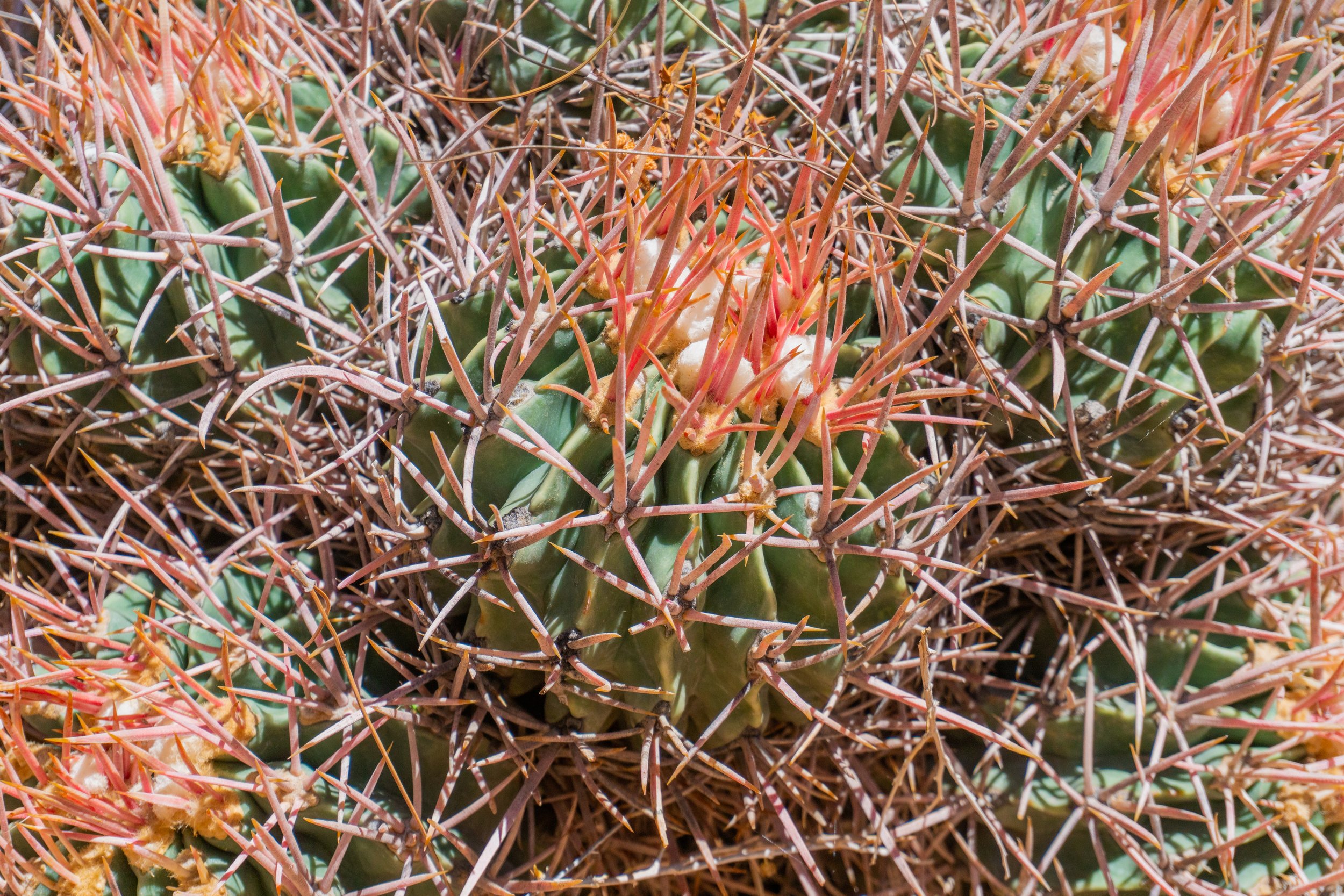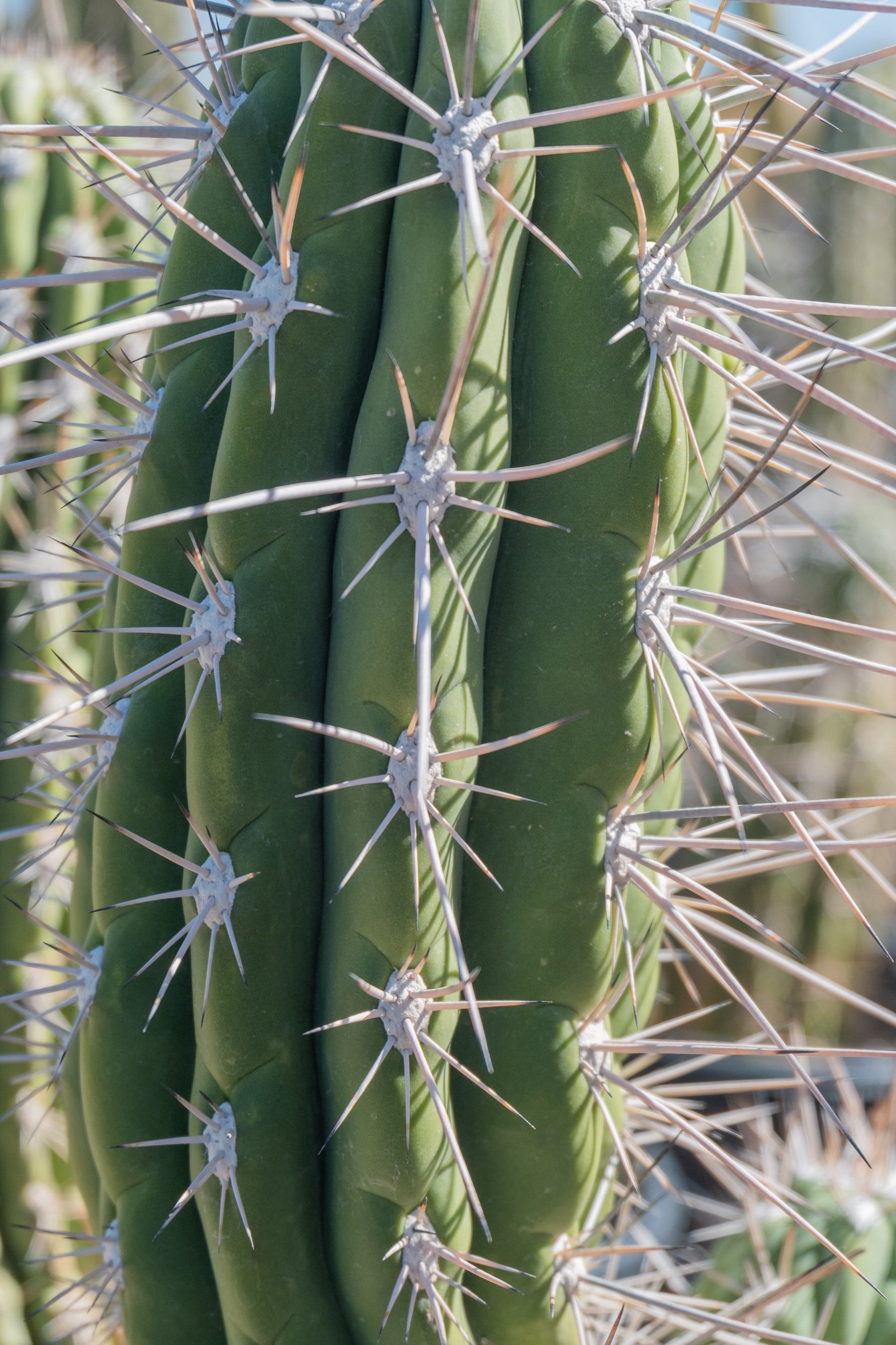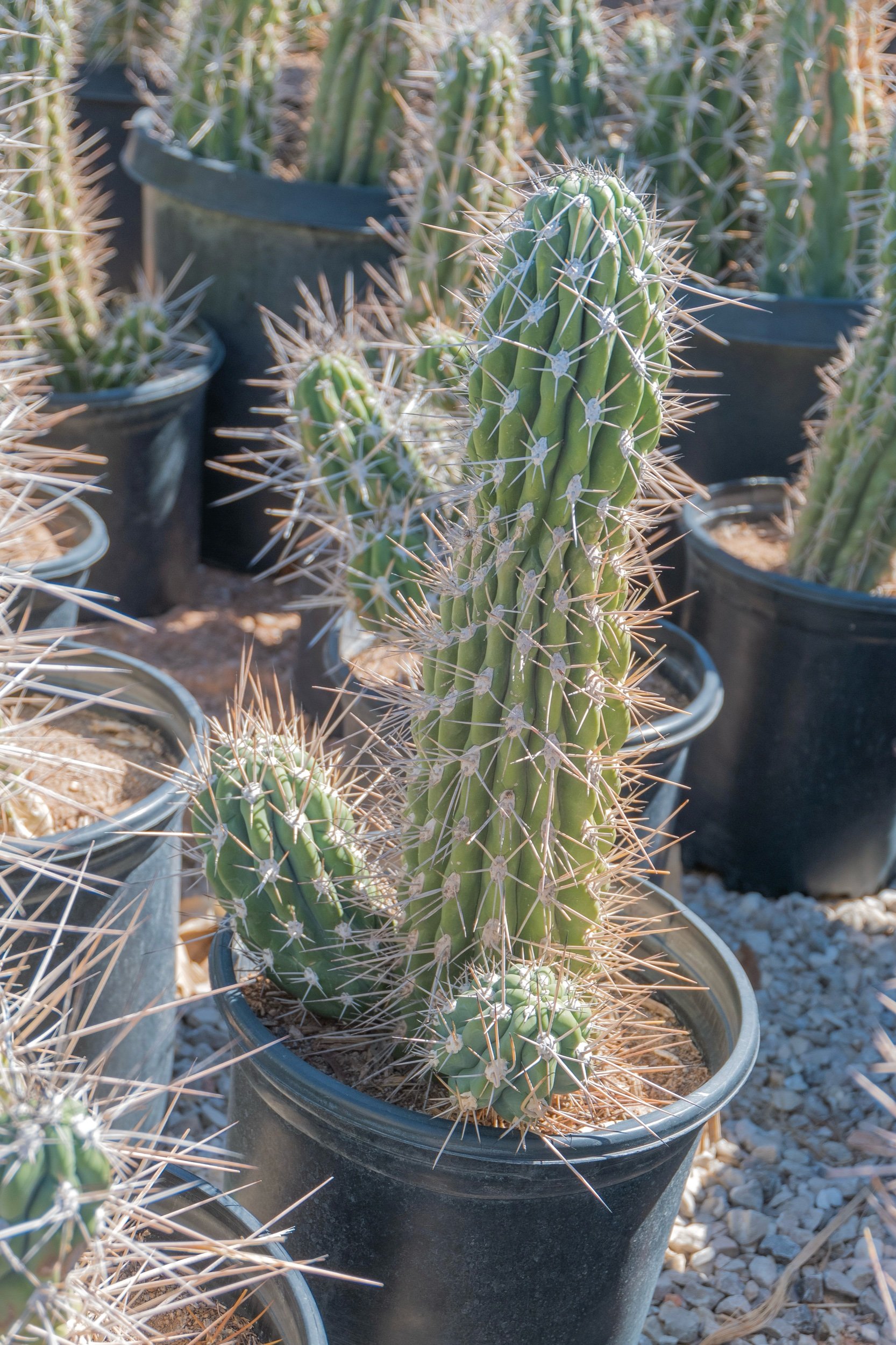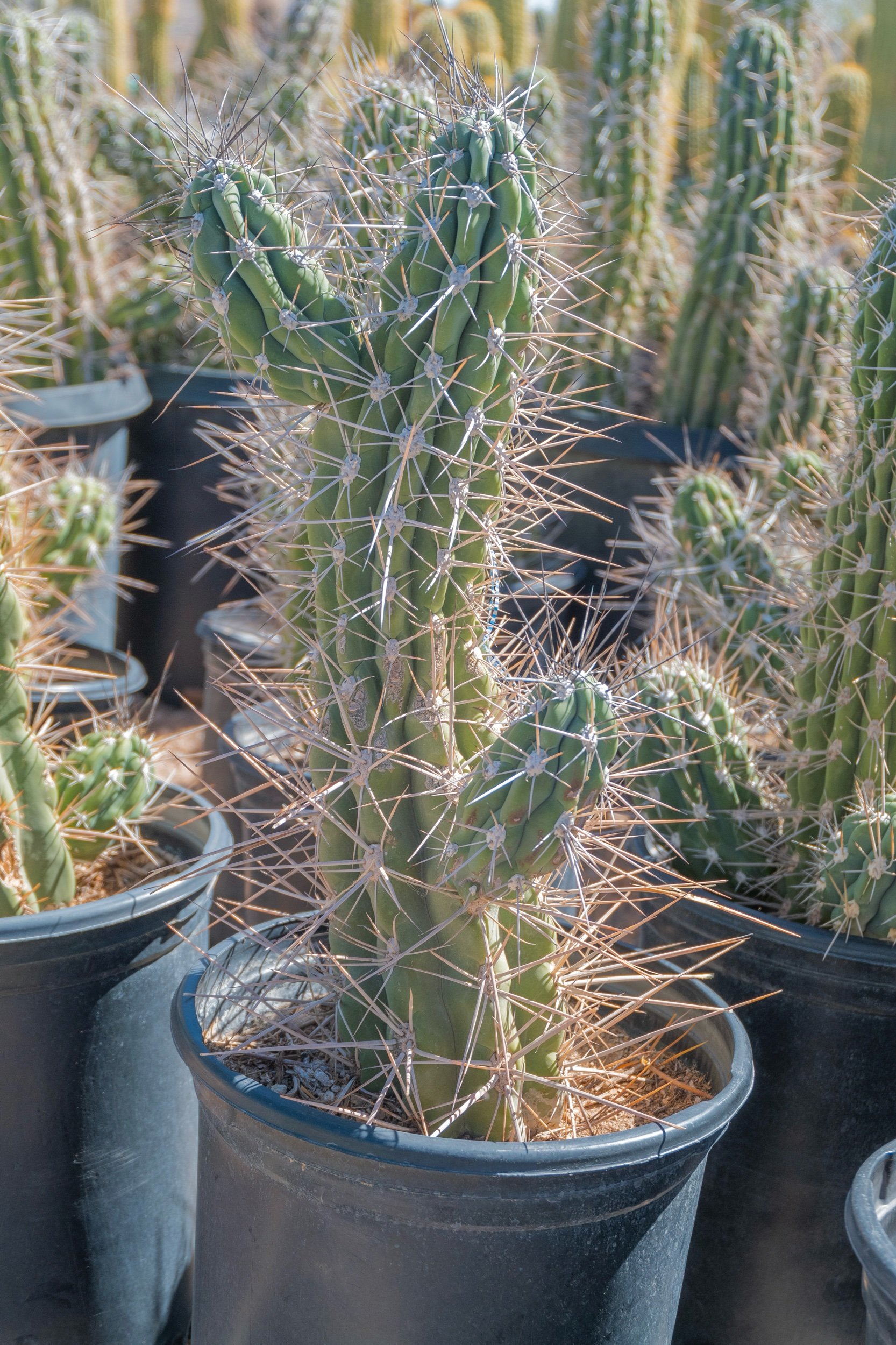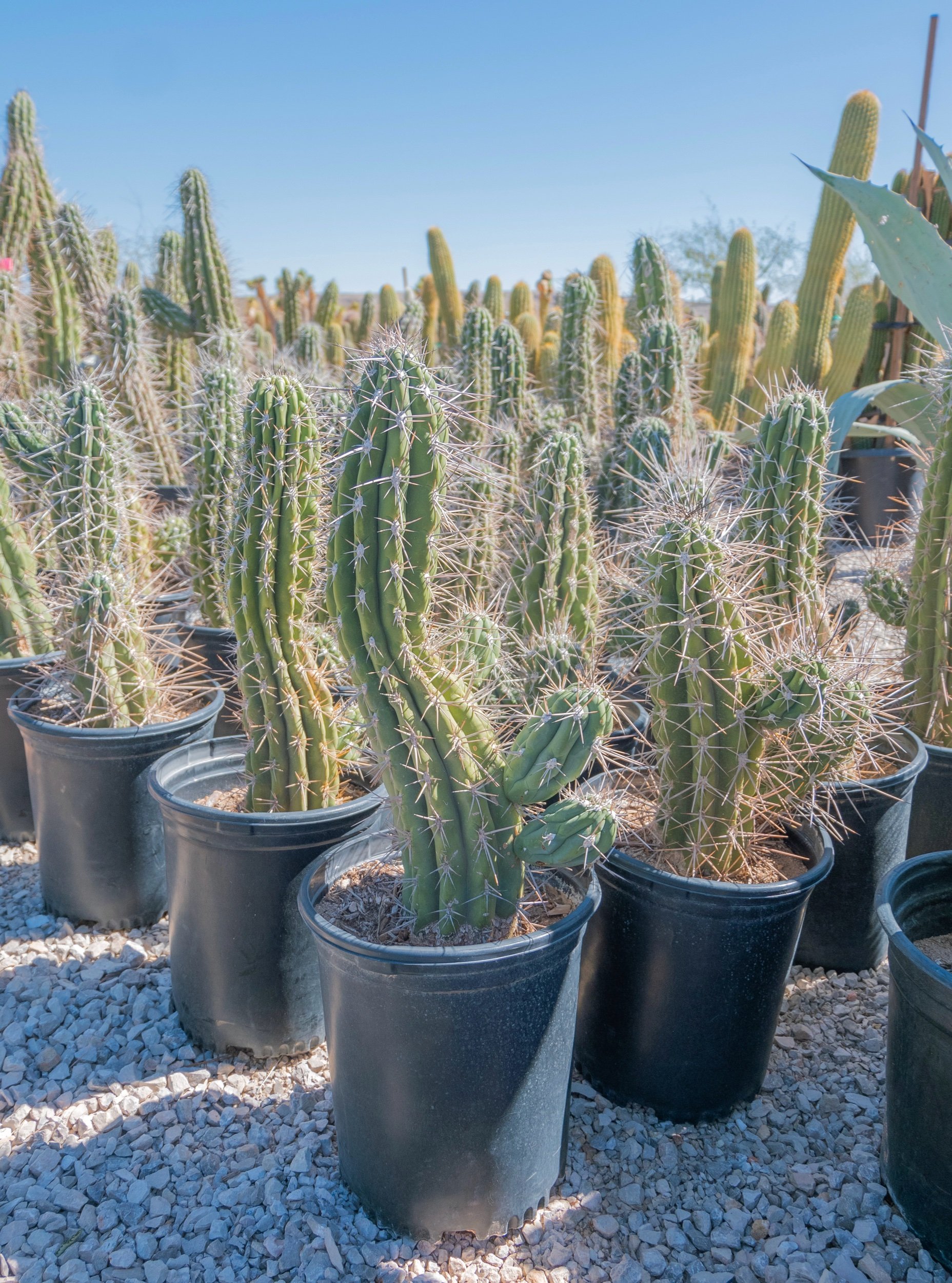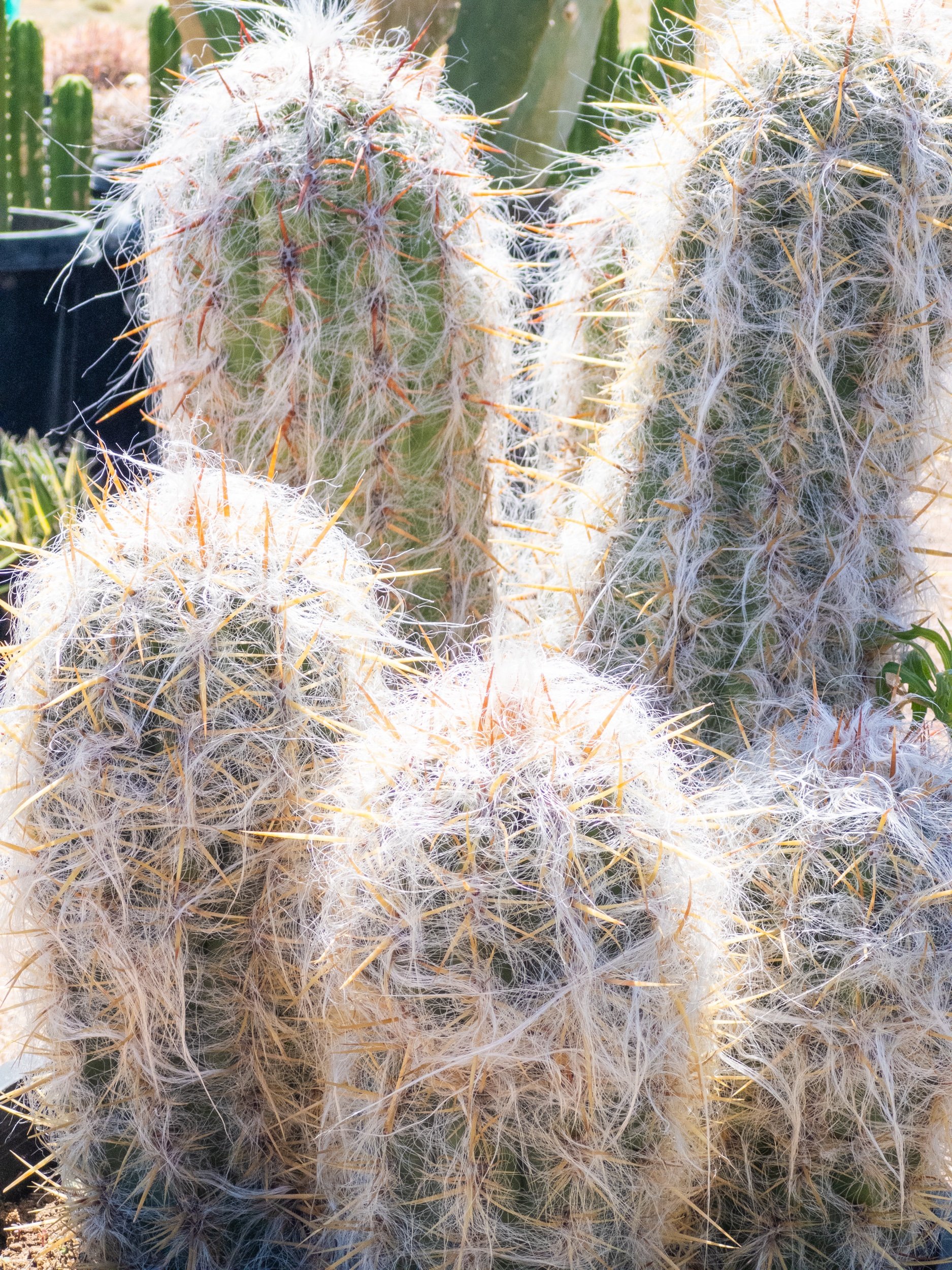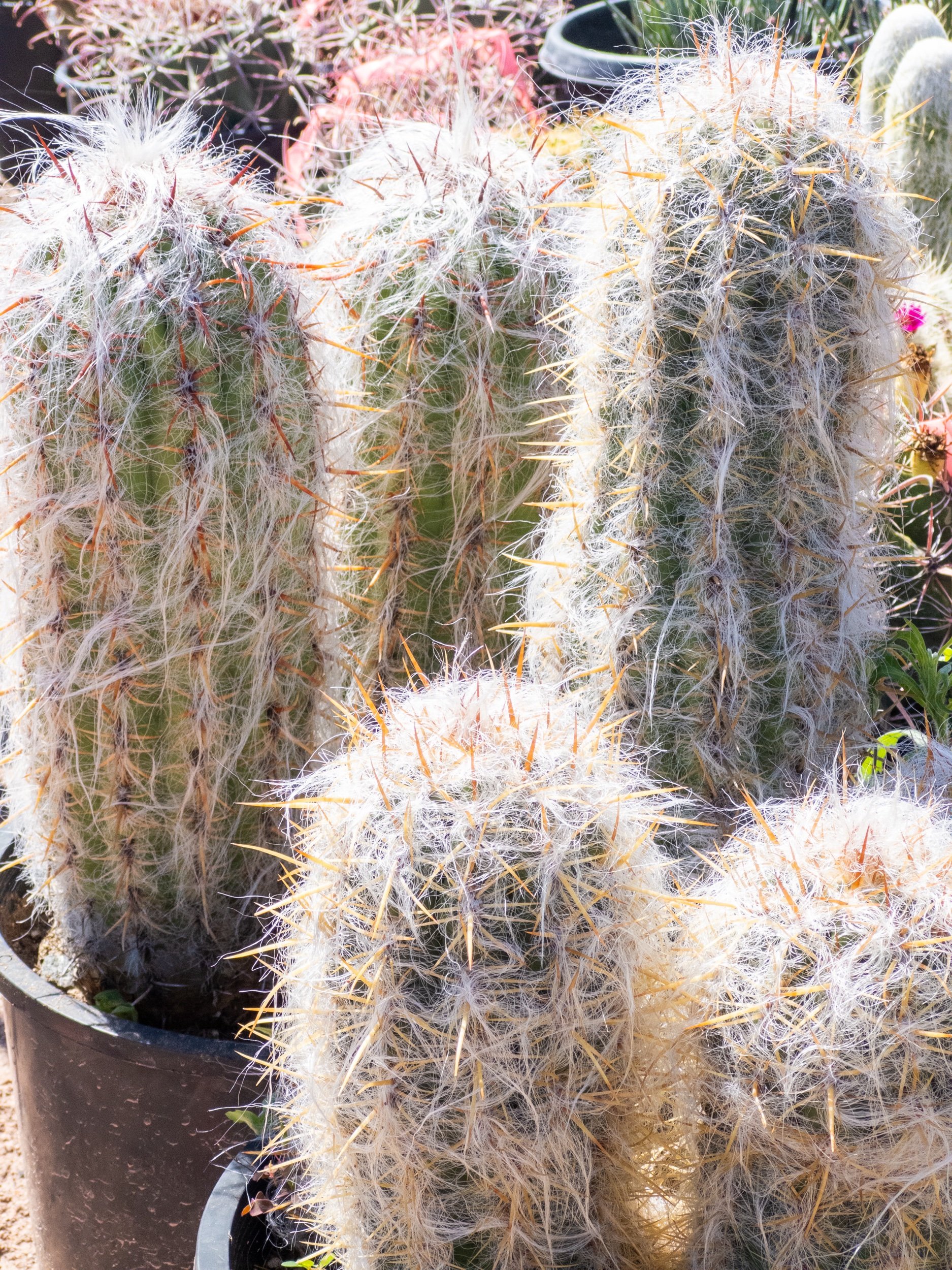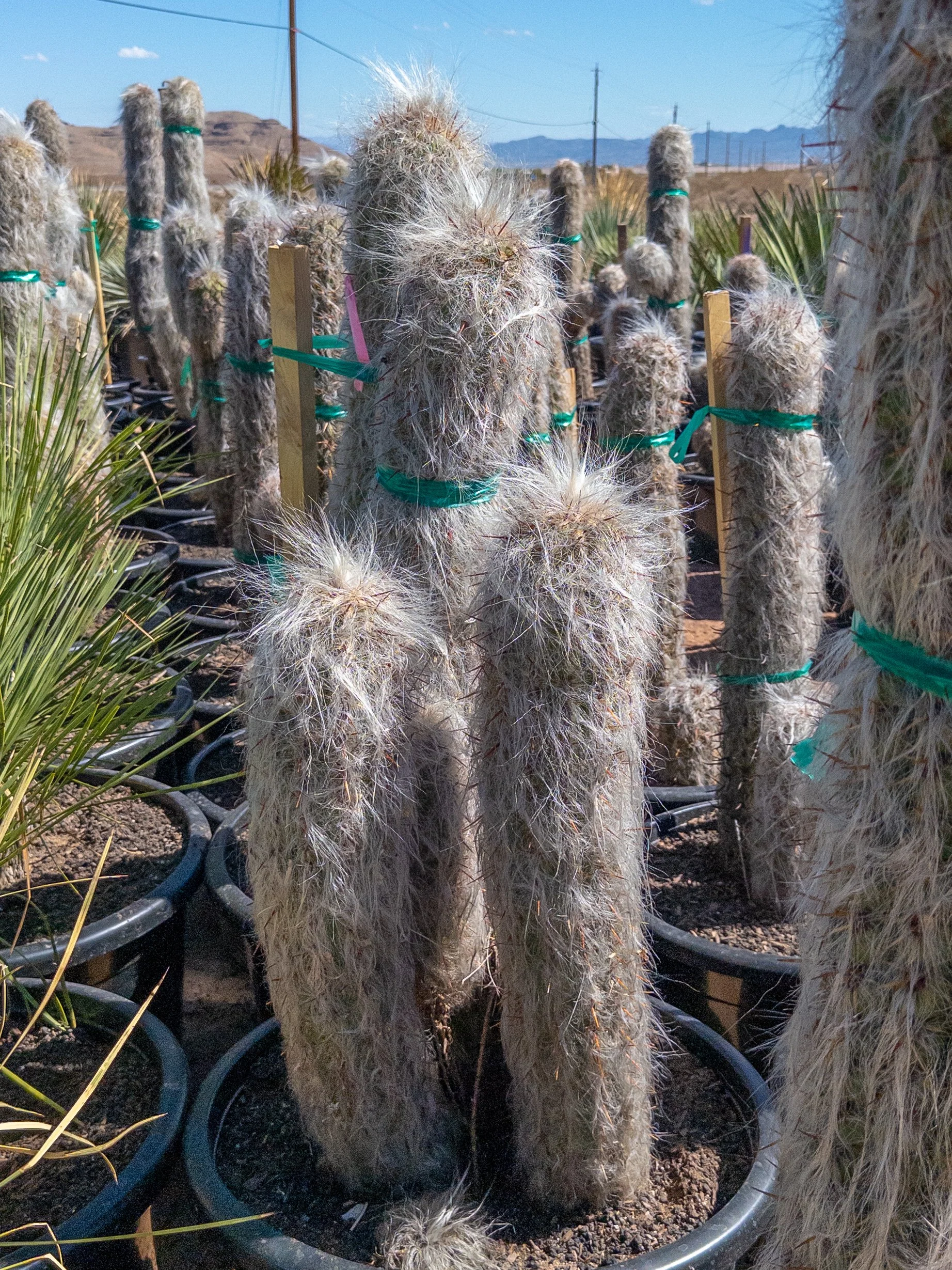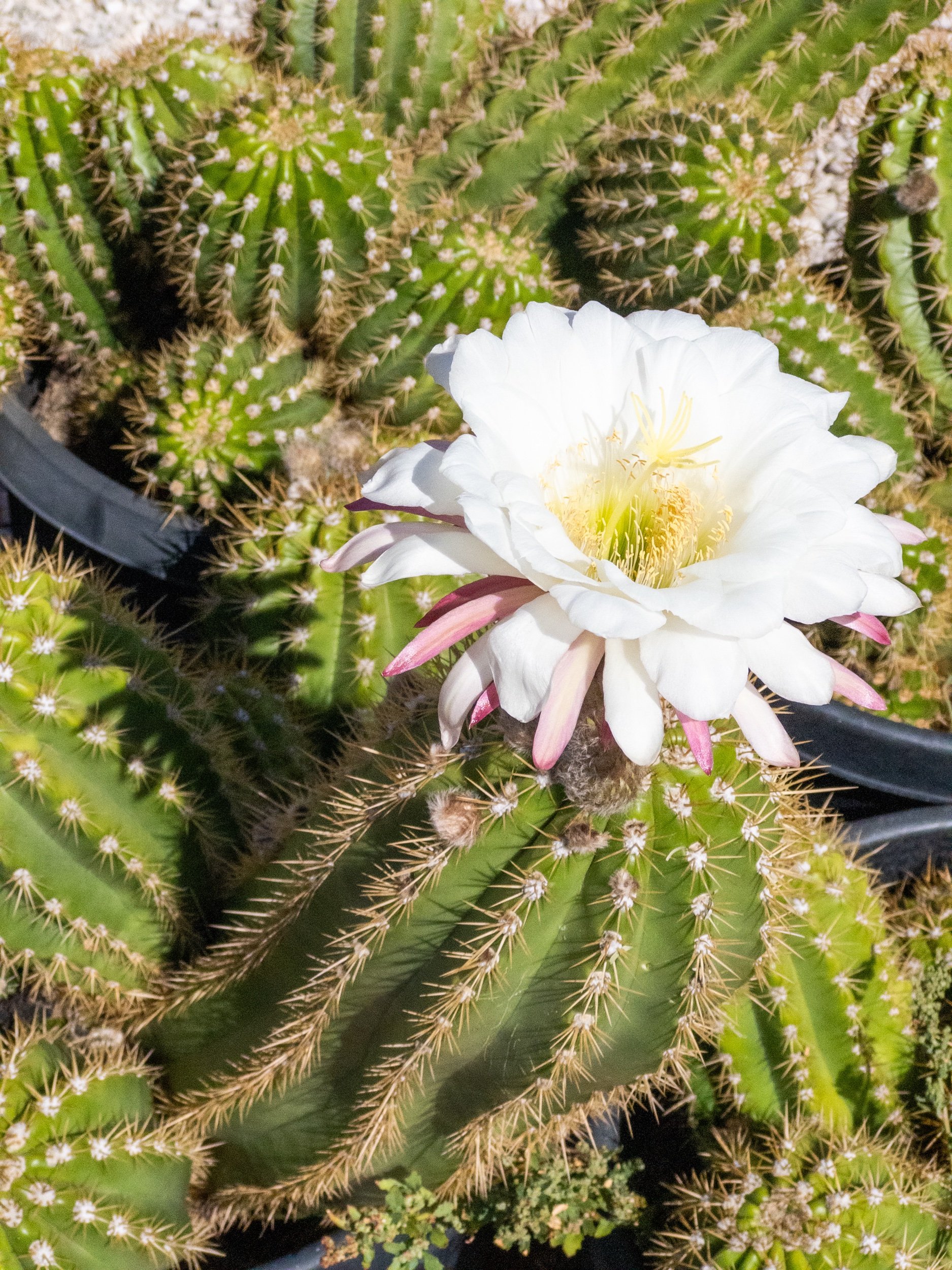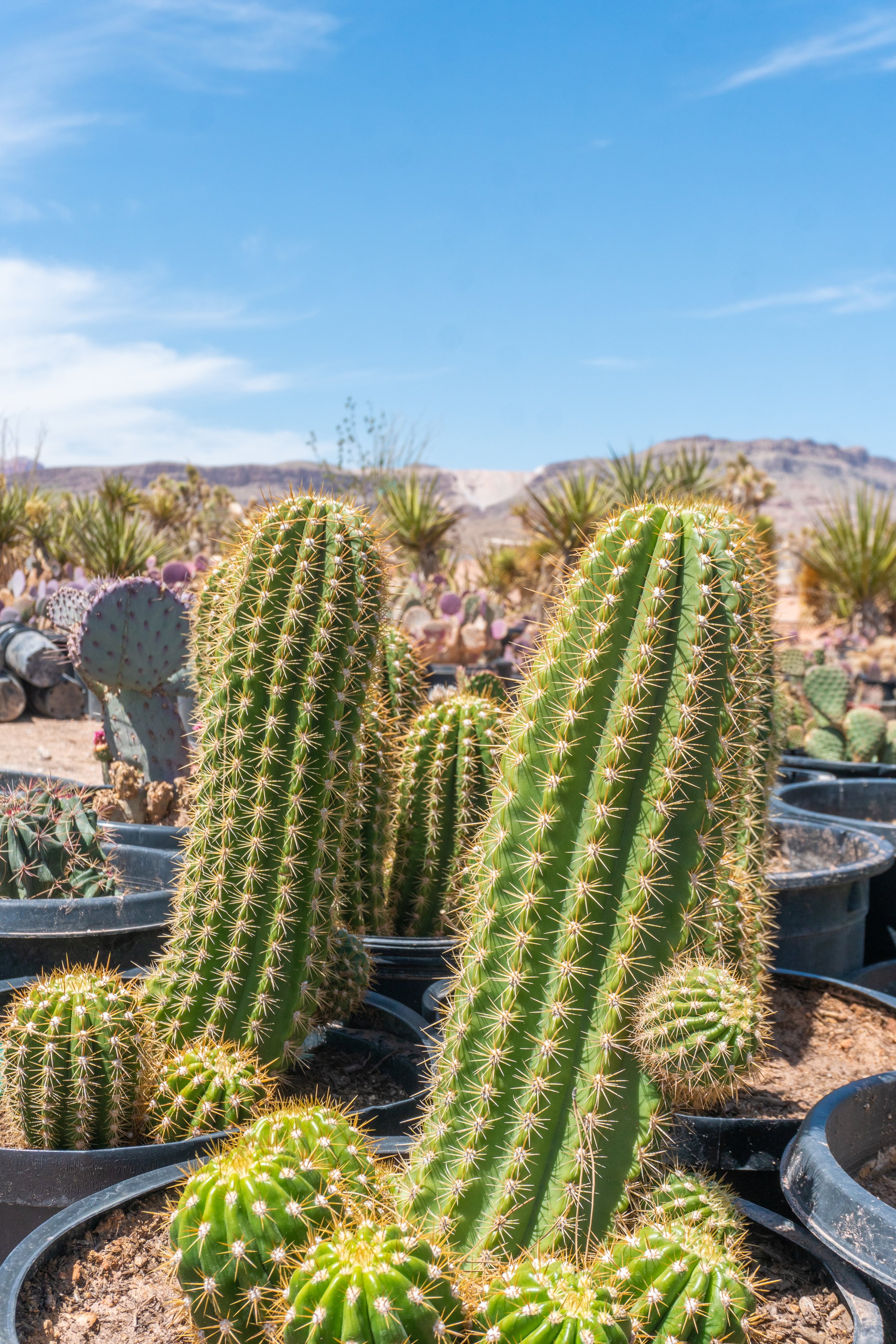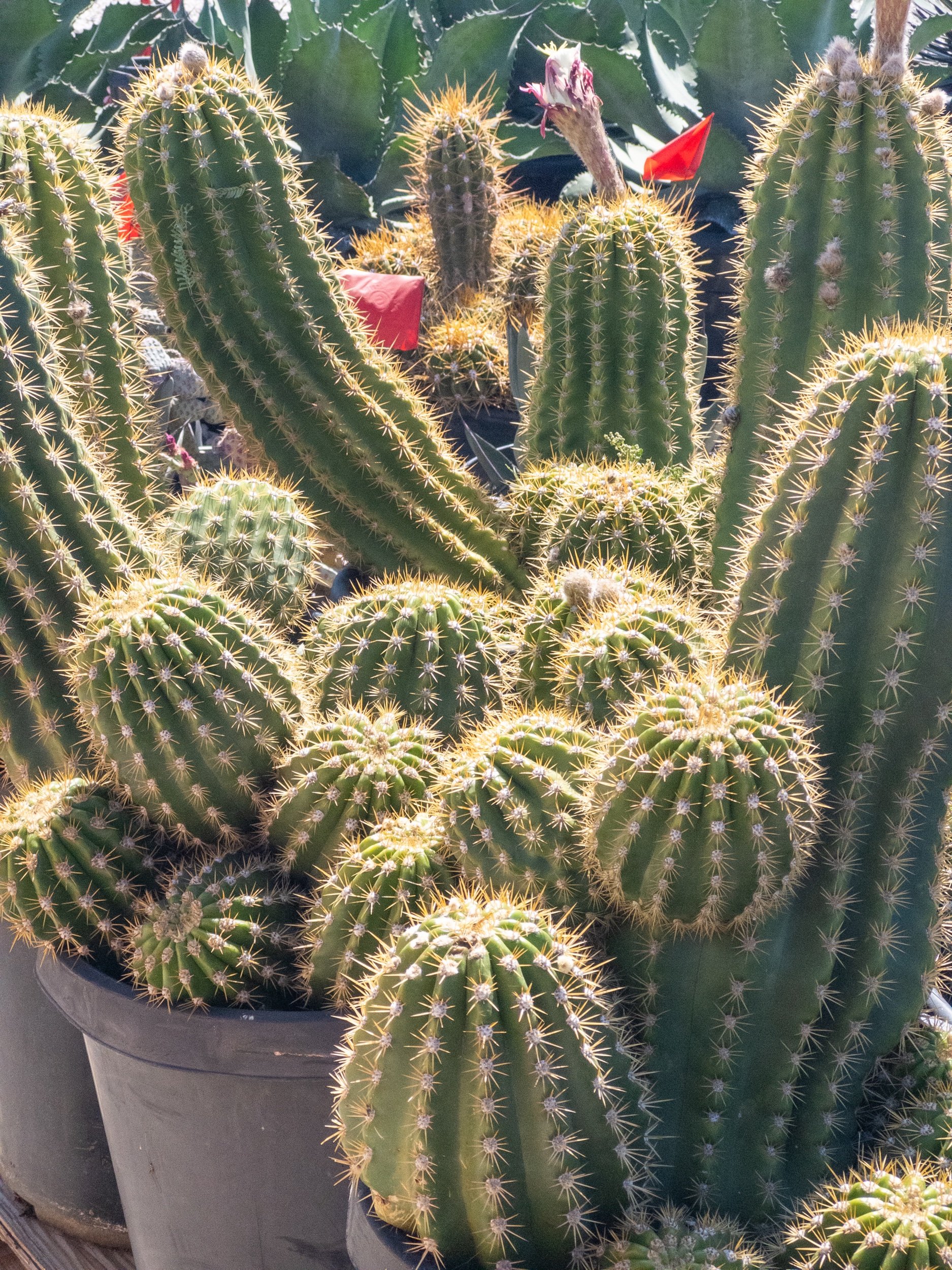 Image 1 of 7
Image 1 of 7

 Image 2 of 7
Image 2 of 7

 Image 3 of 7
Image 3 of 7

 Image 4 of 7
Image 4 of 7

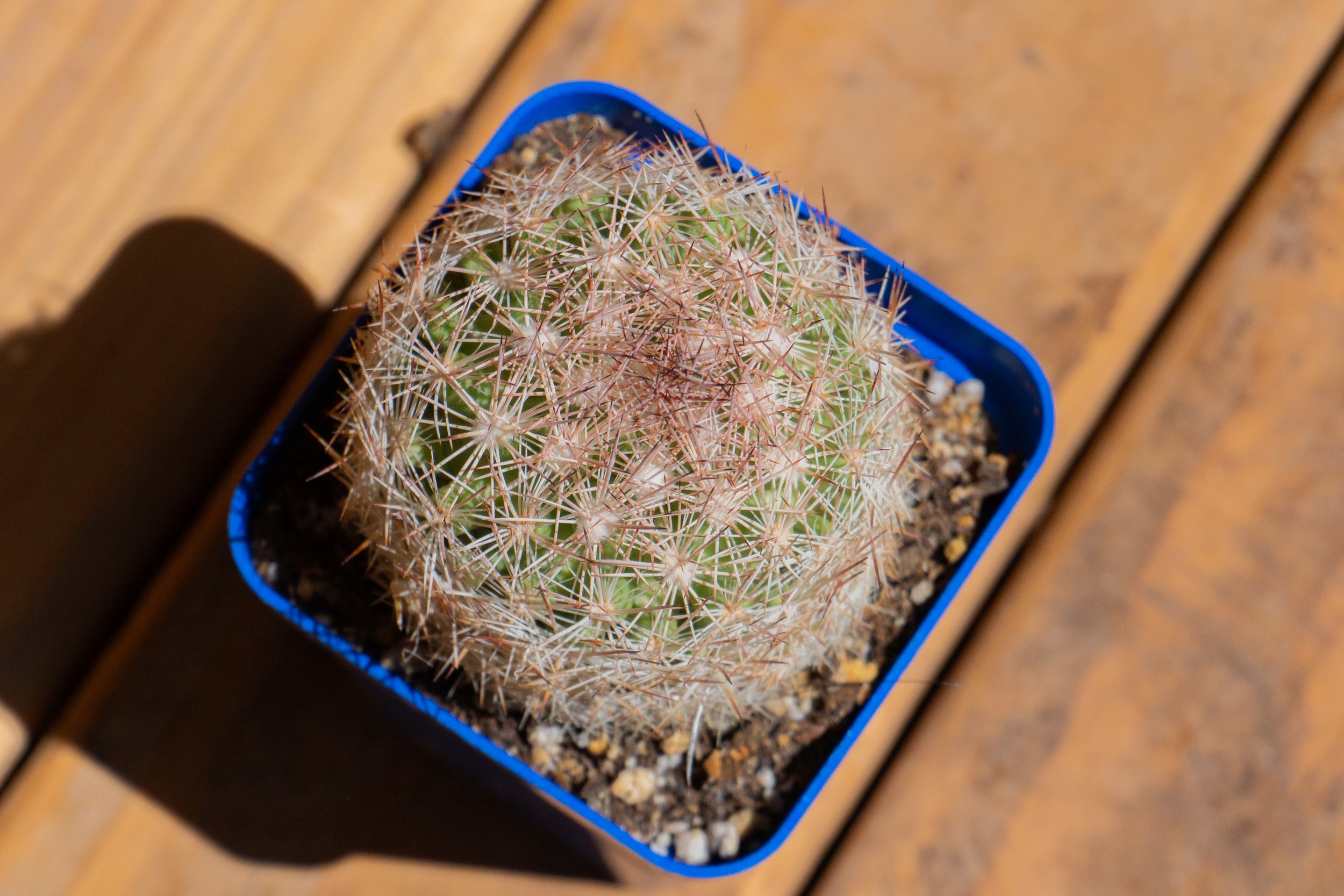 Image 5 of 7
Image 5 of 7

 Image 6 of 7
Image 6 of 7

 Image 7 of 7
Image 7 of 7








Desert Spinystar Cactus ( escobaria vivipara var. deserti)
Embark on a botanical exploration into the realm of Escobaria vivipara var. deserti, commonly known as the Desert Spinystar Cactus. This succulent specimen, native to the arid landscapes of North America, presents a compelling convergence of botanical elegance, historical significance, and nuanced care requirements.
In terms of botanical allure, the Desert Spinystar commands attention through its intricate morphology. Comprising cylindrical stems adorned with radiant spines, this cactus exhibits a visually striking arrangement, forming clusters that punctuate the arid terrain with celestial grace. Beyond its aesthetic appeal, the Desert Spinystar stands as a testament to evolutionary adaptability, demonstrating resilience in the face of harsh environmental conditions.
Unraveling the historical narrative woven by this cactus reveals its profound significance within indigenous cultures of North America. Revered for its adaptability and utilitarian properties, the Desert Spinystar has etched itself into the cultural and ecological history of the region, embodying endurance and adaptability.
Addressing the care needs of Escobaria vivipara var. deserti requires an understanding of its natural habitat. Thriving in well-draining, sandy soils, this cactus necessitates minimal watering to mirror the arid conditions it evolved to withstand. Infrequent but thorough watering, allowing the soil to fully dry between sessions, aligns with the plant's native environment.
Sunlight plays a pivotal role in the growth and vitality of the Desert Spinystar. As a heliophilic species, it flourishes under the unfiltered intensity of full sunlight. This affinity for sunlight not only enhances the aesthetic appeal of the cactus but also influences its physiological processes.
Delving into the scientific intricacies of Escobaria vivipara var. deserti adds an extra layer of fascination to its allure. The cactus exhibits viviparity, a unique reproductive strategy wherein live seedlings develop directly on the plant. This scientific peculiarity not only contributes to the Desert Spinystar's adaptive success but also elevates its educational value for enthusiasts and educators alike.
In conclusion, the Desert Spinystar Cactus is a botanical marvel that seamlessly integrates scientific intrigue with aesthetic appeal. Its history, resilience, and nuanced care requirements make it a captivating addition to botanical collections. As a living testament to the complexities of arid ecosystems, Escobaria vivipara var. deserti beckons enthusiasts to appreciate the nuanced beauty and scientific marvels within the realm of succulent biodiversity.
Embark on a botanical exploration into the realm of Escobaria vivipara var. deserti, commonly known as the Desert Spinystar Cactus. This succulent specimen, native to the arid landscapes of North America, presents a compelling convergence of botanical elegance, historical significance, and nuanced care requirements.
In terms of botanical allure, the Desert Spinystar commands attention through its intricate morphology. Comprising cylindrical stems adorned with radiant spines, this cactus exhibits a visually striking arrangement, forming clusters that punctuate the arid terrain with celestial grace. Beyond its aesthetic appeal, the Desert Spinystar stands as a testament to evolutionary adaptability, demonstrating resilience in the face of harsh environmental conditions.
Unraveling the historical narrative woven by this cactus reveals its profound significance within indigenous cultures of North America. Revered for its adaptability and utilitarian properties, the Desert Spinystar has etched itself into the cultural and ecological history of the region, embodying endurance and adaptability.
Addressing the care needs of Escobaria vivipara var. deserti requires an understanding of its natural habitat. Thriving in well-draining, sandy soils, this cactus necessitates minimal watering to mirror the arid conditions it evolved to withstand. Infrequent but thorough watering, allowing the soil to fully dry between sessions, aligns with the plant's native environment.
Sunlight plays a pivotal role in the growth and vitality of the Desert Spinystar. As a heliophilic species, it flourishes under the unfiltered intensity of full sunlight. This affinity for sunlight not only enhances the aesthetic appeal of the cactus but also influences its physiological processes.
Delving into the scientific intricacies of Escobaria vivipara var. deserti adds an extra layer of fascination to its allure. The cactus exhibits viviparity, a unique reproductive strategy wherein live seedlings develop directly on the plant. This scientific peculiarity not only contributes to the Desert Spinystar's adaptive success but also elevates its educational value for enthusiasts and educators alike.
In conclusion, the Desert Spinystar Cactus is a botanical marvel that seamlessly integrates scientific intrigue with aesthetic appeal. Its history, resilience, and nuanced care requirements make it a captivating addition to botanical collections. As a living testament to the complexities of arid ecosystems, Escobaria vivipara var. deserti beckons enthusiasts to appreciate the nuanced beauty and scientific marvels within the realm of succulent biodiversity.




